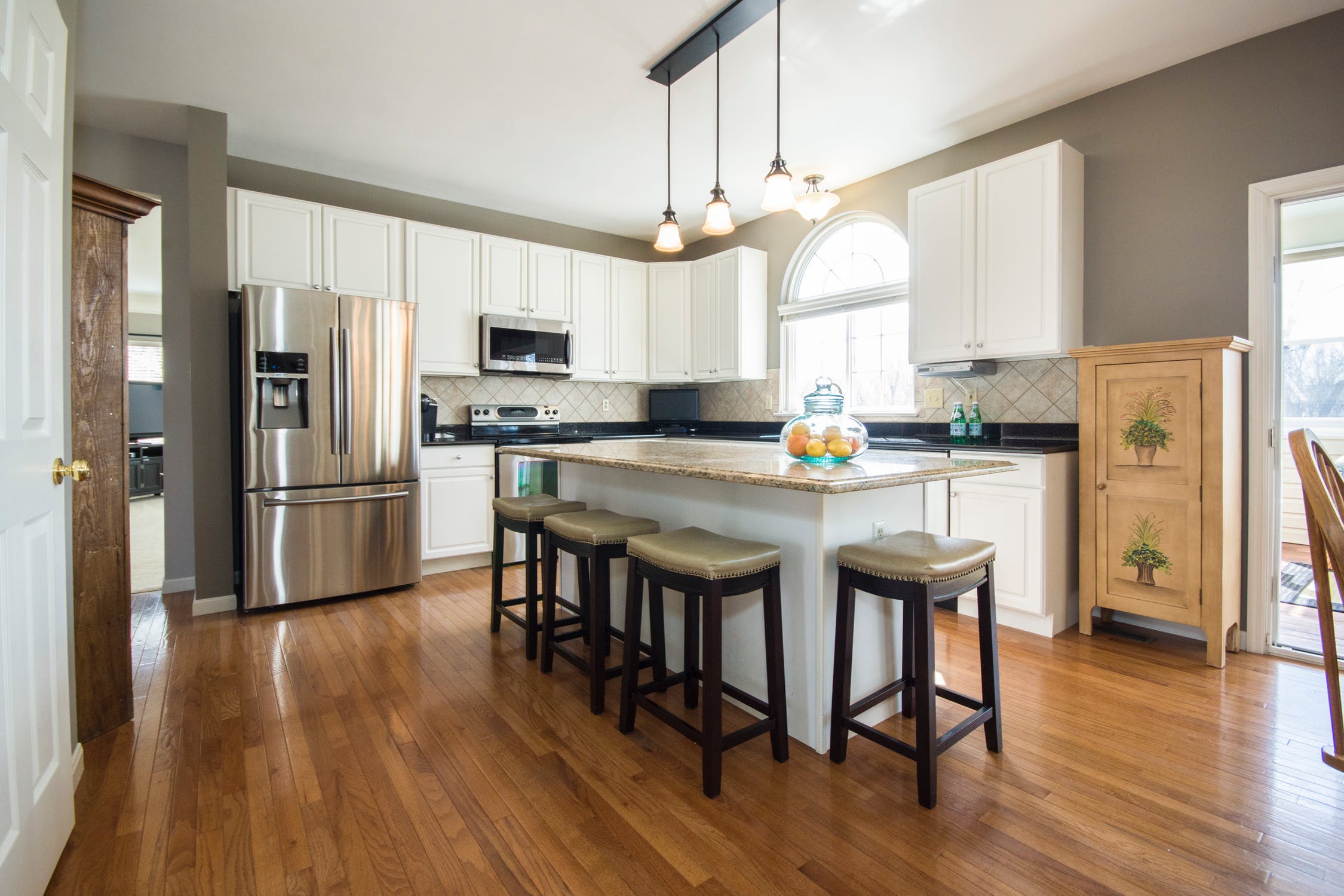You might not think it from seeing some of the newer neighborhoods around here, but new construction housing is in a bit of a slump (at least for single-family homes. As you can see there is no shortage of newly constructed apartment buildings!). The construction industry still hasn’t fully recovered from the financial crisis. A shortage of available houses for sale at the moment can leave prospective homeowners frustrated by their options. These factors (and others, such as low interest rates) could be cause to consider building a home as opposed to purchasing one already available. If done correctly and with the right expectations, a construction loan can be the best way to your dream home and/or possibly save some money. Here are the basics and the pros/cons of construction loans.
The Basics
As the name implies, a construction loan covers the costs of construction and sometimes the land required. There a quite a few steps to the process:
· Preparation: Before ground is broken, architects, contractors, city officials, the lender, and the buyers need to be on the same page. Building plans, site surveys, permits, licenses, insurance, inspections, material lists, contracts, receipts, etc. are all needed before determining the loan amount. The underwriters must also decide if the borrower qualifies for this loan amount, once it is determined.
· Getting the money: With a traditional loan, the funds are dispersed all at once. With a construction loan, the money is disbursed in “advances,” which are portions of the loan intended to pay the costs as construction progresses. The lender is significantly involved in this process, as they have to be sure that the costs do not exceed the final appraised value of the home (or 90% of it). If costs are getting out of hand, the lender may feel it necessary to restructure the loan or may stop giving advances altogether.
· The terms: Since construction loans are meant to be short term (they are usually replaced with normal, fixed-rate loans once construction is complete), the rates are often variable and somewhat higher than traditional fixed-rate mortgages. This gives the lender a small amount of “up-side” should things fall apart before the process is complete, permitting them to assume the risk of offering the loan in the first place. Borrowers are generally only required to pay interest on construction loans before they are converted to fixed-rate loans. A down payment of at least 10% (often 20%) is usually required and the borrower is normally required to show and keep significant amounts of cash on hand as well. Construction loans that automatically convert to fixed rate loans are fairly common as well, but carry their own requirements.
The Pros
Here is why people often build their own homes with a construction loan:
· Dream Home: This is pretty much the only way to get a home that meets your exact requirements. Remodeling can only go so far, and is sometimes more expensive than just building something from scratch.
· Potential Savings: Builders charge a premium for going through the construction process/costs (that’s how they make money). By overseeing this process themselves, borrowers can often see a savings (i.e. more equity) by avoiding that premium.
· More Flexibility in the Process: Because lenders are more personally involved in the process and don’t want the loan to fail (it’s hard to sell a half-finished house), they are often willing to make sensible adjustments to see that things get done on time and within budget.
The Cons
This list is going to appear longer than the “pros”, which doesn’t mean it’s a bad idea, it just means there are aspects that need to be pointed out.
· Larger Down Payments: Buying a pre-existing home normally requires a down payment of only 3-5% (and often nothing). Construction loans will require at least 10%, if not more. This can sometimes come from equity in the land, but you have to own the land first.
· Borrowers need to be well-qualified: Higher credit scores and more income in relation to debt payments are often required.
· It’s not for the impatient or weak-stomached: The vast majority of the time, the project will take longer and will cost more than anticipated (if it’s a truly custom home). You’ll have many stressful conversations with contractors, architects, lenders, etc. You also have to make sure the city signs off on everything, and a well-managed city will scrutinize.
· You may save money, but won’t save time: You may not pay the premium that a developer will charge, but you’ll put in a lot more time and energy than you would otherwise. Make sure that you are ready to make that trade-off.
· You usually need to go big: Building a single custom home is kind of a pain for builders (compared to building 5 track homes that are the exact same). In a tight market (like now), builders (by builders, I mean contractors, architects, and all other involved in the process) are going to need an incentive to take on the project. That means it needs to be relatively big and “expensive”.
Recommendations
Here is my advice in regards to construction loans:
· It’s not for most first-time homebuyers: Unless you have cash to burn, I advise that your starter home not be a custom home built with a construction loan. You need to figure out what you really want in a home, which requires you to live in one first. Most first-time homebuyers won’t have the down payment and other financial requirements to qualify for a construction loan, although it doesn’t hurt to check.
· Consider a remodel: Will a remodel meet your needs? If you have some equity, it’s far easier to get cash for improvements with a normal refinance than with a construction loan. There are also “rehab” loans that allow for extensive work and are based on the future value of the home.
· Consider a builder’s existing models: Many builders have a selection of models that allow for some customization (cabinets, paint, kitchens, etc.). Because the builders have the process “down” for these models, there is less chance for running over budget or over time. Builders will often fund the construction costs during the building phase, requiring you to only worry about the final fixed rate loan at the end.
· Do your homework: Inform yourself as much as possible about the process, make sure you can afford it (not just from the lender’s perspective, but considering your own budget as well), and have the right expectations. Then, make the decision.
In conclusion, building a new custom home can be a great option. There are aspects of construction that can be more difficult or taxing on you as a builder than if you simply bought a home outright, but the current market is right for building a new home, and there is the possibility of saving you some money (while getting exactly what you want in a house). If, after learning the basics, you think a construction loan might be right for you, we would be happy to go over your options with you.








